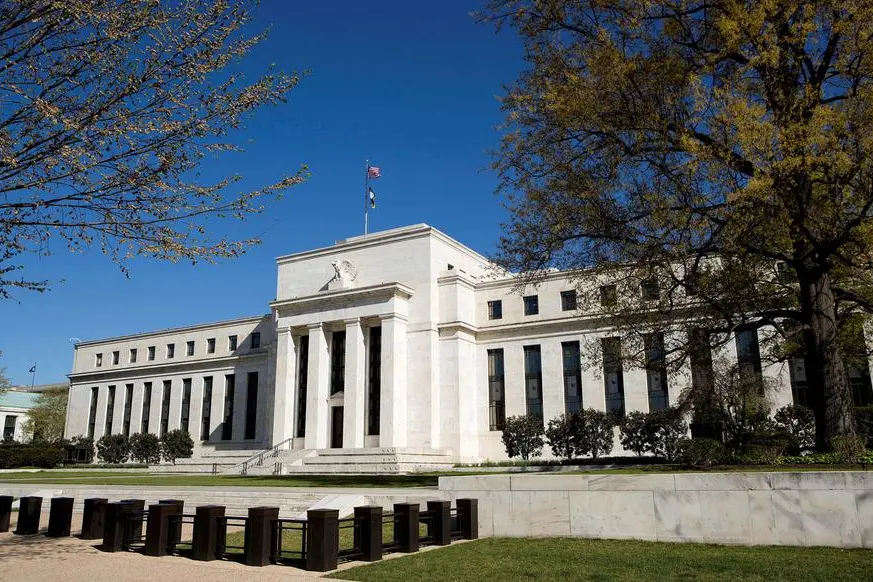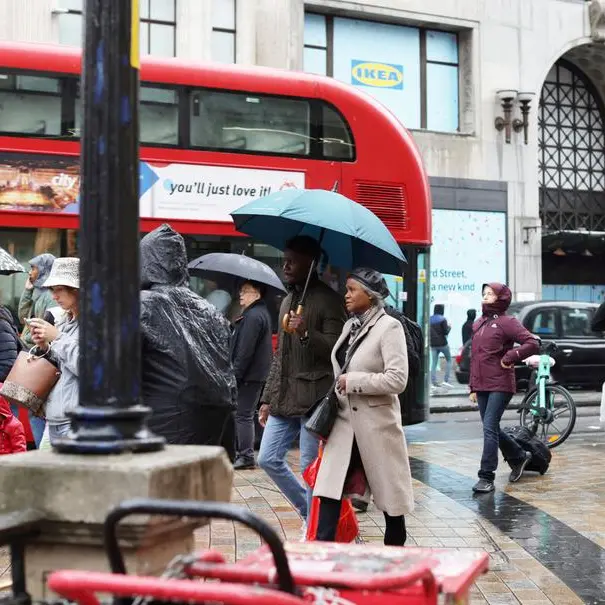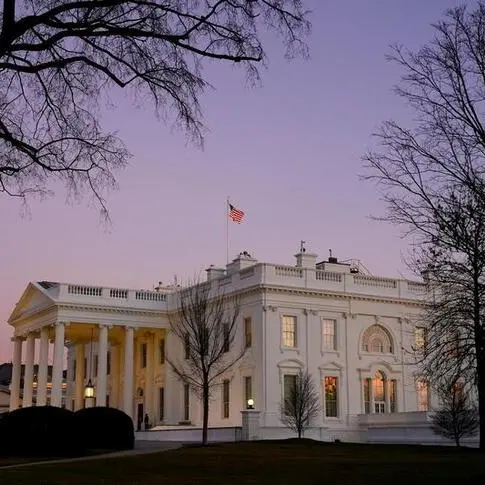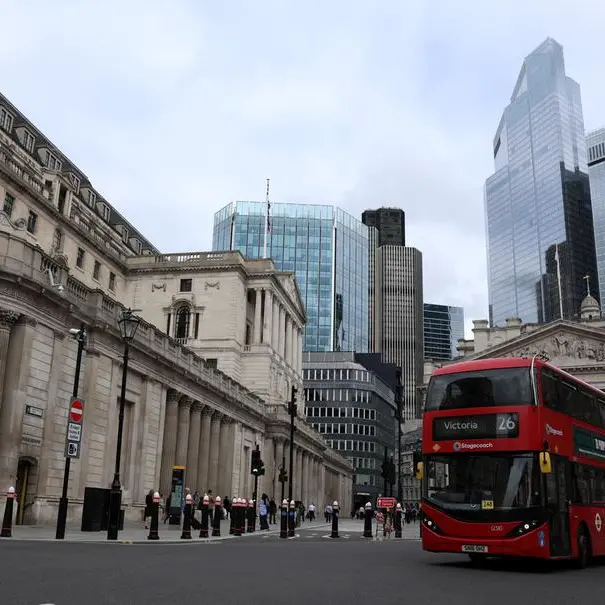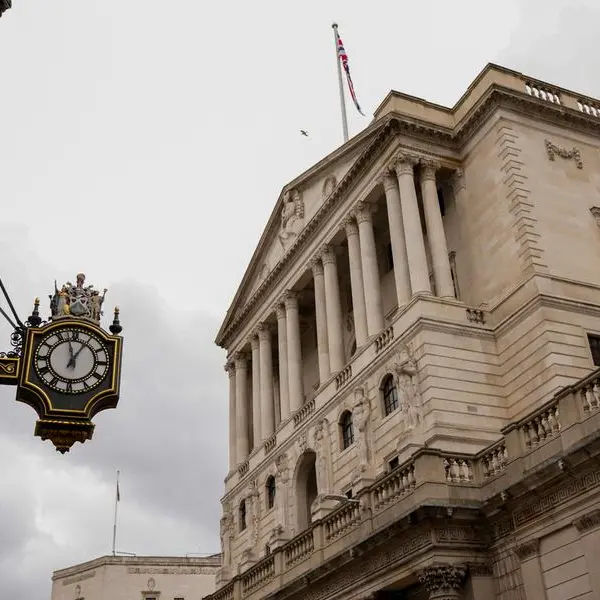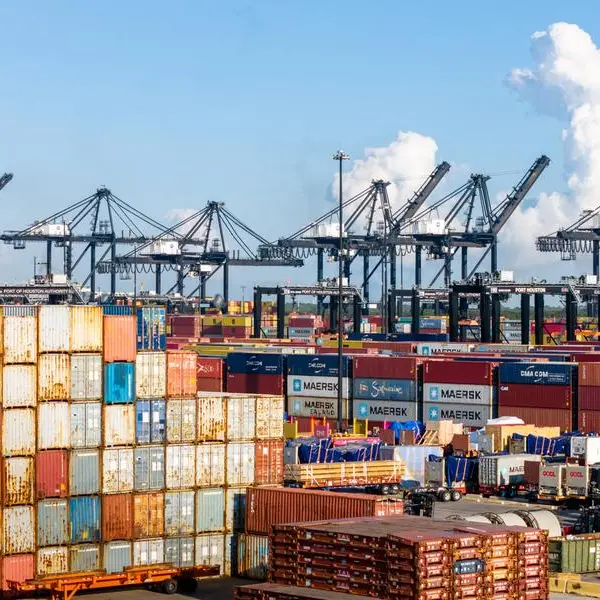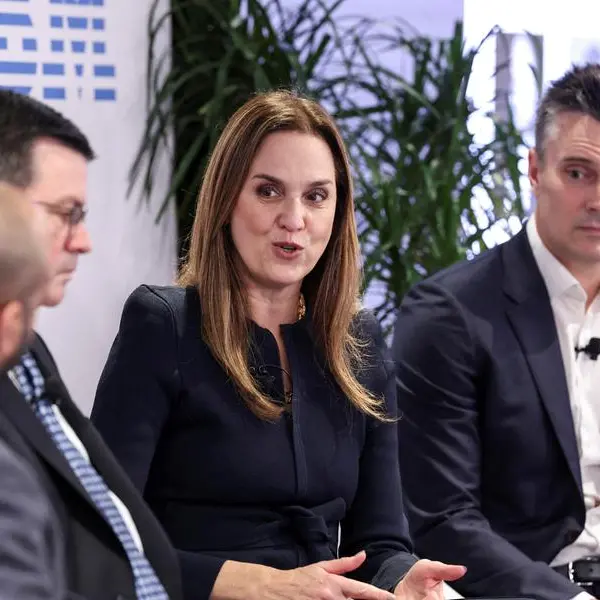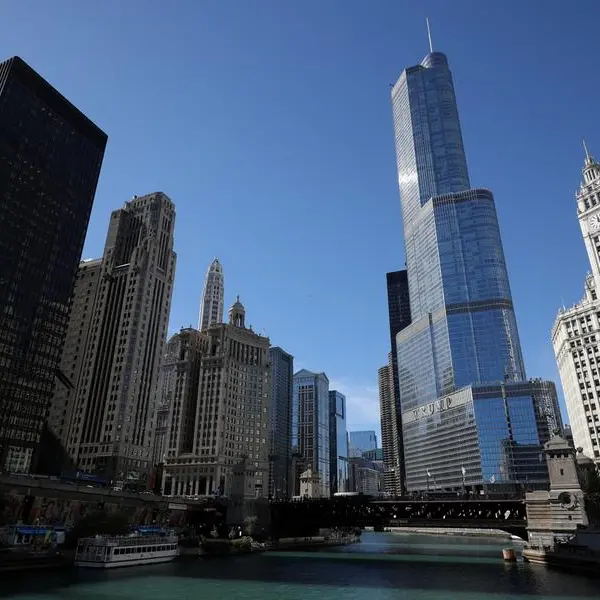PHOTO
WASHINGTON - Four years after Federal Reserve Chair Jerome Powell made fighting unemployment a bigger priority during the COVID-19 pandemic, he faces a pivotal test of that commitment amid rising joblessness, mounting evidence inflation is under control, and a benchmark interest rate that is still the highest in a quarter of a century.
High interest rates may be on the way out, with the U.S. central bank expected to deliver a first cut at its Sept. 17-18 meeting and Powell potentially providing more information about the approach to the policy easing in a speech on Friday at the Kansas City Fed's annual conference in Jackson Hole, Wyoming.
But with the Fed's policy rate in the 5.25%-5.50% range for more than a year, the impact of relatively high borrowing costs on the economy may still be building and could take time to unwind even if the central bank starts cutting - a dynamic that could put hopes for a "soft landing" of controlled inflation alongside continued low unemployment at risk.
"Powell says the labor market is normalizing," with wage growth easing, job openings still healthy, and unemployment around what policymakers see as consistent with inflation at the central bank's 2% target, former Chicago Fed President Charles Evans said. "That would be great if that is all there is. The history is not good."
Indeed, increases in the unemployment rate like those seen in recent months are typically followed by more.
"That does not seem the situation now. But you may only be one or two poor employment reports away" from needing aggressive rate cuts to counter rising joblessness, Evans said. "The longer you wait, the actual adjustment becomes harder to make."
INFLATION VERSUS EMPLOYMENT
Evans was a key voice in reframing the Fed's policy approach, unveiled by Powell at Jackson Hole in August 2020 as the pandemic was raging, policymakers were gathering via video feed, and the unemployment rate was 8.4%, down from 14.8% that April.
In that context the Fed's shift seemed logical, changing a long-standing bias towards heading off inflation at the expense of what policymakers came to view as an unnecessary cost to the job market.
Standard monetary policymaking saw inflation and unemployment inextricably and inversely linked: Unemployment below a certain point stoked wages and prices; weak inflation signaled a moribund job market. Officials began to rethink that connection after the 2007-2009 recession, concluding they needn't treat low unemployment as an inflation risk in itself.
As a matter of equity for those at the job market's margins, and to achieve the best outcomes overall, the new strategy said Fed policy would "be informed by assessments of the shortfalls of employment from its maximum level."
"This change may appear subtle," Powell said in his 2020 speech to the conference. "But it reflects our view that a robust job market can be sustained without causing an outbreak of inflation."
A pandemic-driven inflation surge and dramatic employment recovery made that change seem irrelevant: The Fed had to raise rates to tame inflation, and until recently the pace of price increases had slowed without much apparent damage to the job market. The unemployment rate through April had been below 4% for more than two years, an unparalleled streak not seen since the 1960s. The unemployment rate since 1948 has averaged 5.7%.
But the events of the last two years, and a coming Fed strategy review, have also triggered a wave of research into exactly what happened: why inflation fell, what role policy played in that, and how things might be done differently if inflation risks rise again.
While the agenda for this year's conference remains under wraps, the broad theme focuses on how monetary policy influences the economy. That bears on how officials may evaluate future choices and tradeoffs and the wisdom of tactics like preempting inflation before it starts.
Some of that work is already emerging from Fed researchers, including top economist Michael Kiley. He has authored a paper questioning whether policy "asymmetry" - treating employment shortfalls differently than a tight labor market, for example - really helps. Another recent paper suggested policymakers who believe public inflation expectations are formed in the short-run and are volatile should react sooner and raise rates higher in response.
The role public expectations play in driving inflation - and the policy response - was on full display in 2022. When it appeared expectations risked moving higher, the Fed pushed its tightening cycle into overdrive with 75-basis-point hikes at four consecutive meetings. Powell then used a truncated Jackson Hole speech to emphasize his commitment to fight inflation - a stark shift from his jobs-first commentary two years earlier.
It was a key moment that put the U.S. central bank's seriousness on display, underpinned its credibility with the public and markets, and rebuilt some of the standing that preemptive policies had lost.
'TOO TIGHT'
Powell now faces a test in the other direction. Inflation is progressing back to 2%, but the unemployment rate has risen to 4.3%, up eight-tenths of a percentage point from July 2023.
There's debate over what that really says about the labor market versus rising labor supply, a positive thing if new job seekers find employment.
But it did breach a rule-of-thumb recession indicator, and while that has been downplayed given other indicators of a growing economy, it also is slightly above the 4.2% that Fed officials regard as representing full employment.
It's also higher than at any point in Powell's pre-pandemic months as Fed chief: It was 4.1% and falling when he took over in February 2018.
The "shortfall" in employment that he promised to respond to four years ago, in other words, may already be taking shape.
While Powell will be reluctant to ever declare victory over inflation for fear of touching off exuberant overreaction, Ed Al-Hussainy, senior global rates strategist at Columbia Threadneedle Investments, said it was past time for the Fed to get in front of the risk to unemployment - preemption of a different sort.
Al-Hussainy said the Fed had proved its ability to keep public expectations about inflation in check, an important asset, but that "also has put in motion some downside risk to employment."
"The policy stance today is offside – it is too tight – and that warrants acting on."
(Reporting by Howard Schneider; Editing by Dan Burns and Paul Simao)
